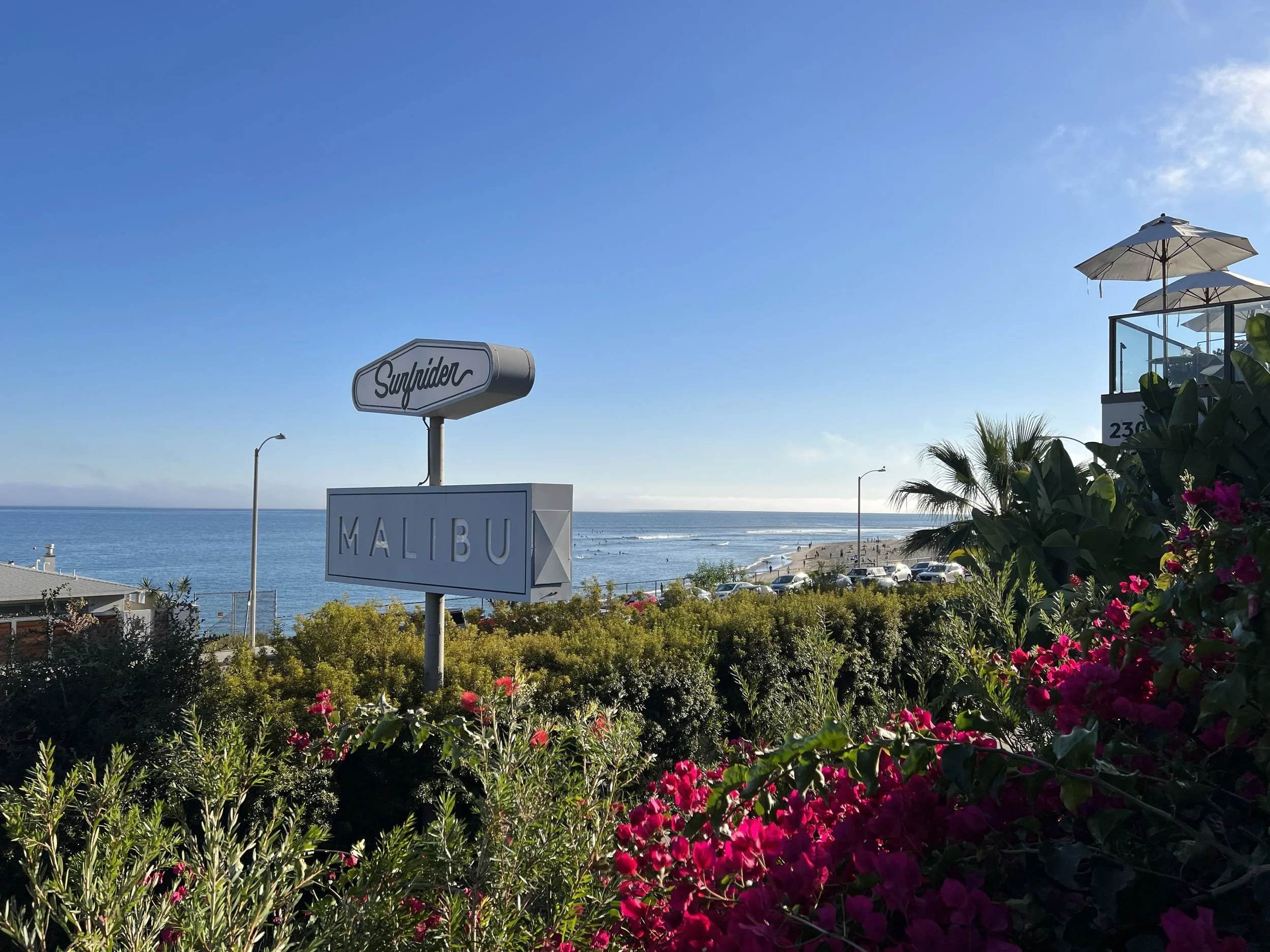La Niña and the Devastation of Climate Change
Image Credit: Zander Sunberg
Tom Yulsman writes about the climate and scientific happenings in certain regions of the United States, recently focusing on El Niño and La Niña in California in his article titled “The Great Drenching”. He focuses on the changing of the two events, El Niño and La Niña, that happened for a consecutive three-year period, or as Yulsman refers to it as a ‘three peat’. These two weather events have been widely unpredictable other than some climate modeling, and had been partially to blame for a recent drought felt by most of California.
He has seen a trend in the information coming out of California about the El Niño and La Niña concept and decided to fly there to find a story angle. The journey towards uncovering this Californian climate disaster had begun.
Yulsman said “La Niña is categorized by cooler than average temperature of the surface water along the equator…leading to drought most often. El Niño is the opposite and brings warmer temperatures in the water and increased moisture.” El Niño and La Niña, however, brought an unprecedented amount of moisture to the region.
Yulsman says, “The La Niña threepeat wasn’t supposed to turn out like this…Some areas received close to their annual precipitation in just those three weeks…That’s nearly 50 percent of the precipitation the state receives in an entire water year.” Clearly the data is sufficient, but never 100% reliable when it comes to predicting what Mother Nature will provide.
Temperatures in the water have steadily increased in the Northern Pacific Ocean because of the increased presence of aerosols in the air from pollutants like HCFCs and refrigerants. “The forecasting [of La Niña] is tricky because there’s periods of uncertainty where it’s hard to know for sure,” says Yulsman.
“This La Niña Phenomenon was in place, so I thought ‘O.K., I’ll explain it [La Niña]. So, that’s how the story was born. And, as I said, I definitely wanted to explain it for other people, but at the end of the day I like to write about stuff I’m just fascinated in, that’s why I love being a journalist because I get to learn this stuff and bore people at cocktail parties…did everyone hear about Rospy waves?!” explained Mr. Yulsman.
The La Niña is here to stay for the future and well beyond. We must adapt as humans and change our ways around the ever-changing world we live in. Due to research from journalists like Tom Yulsman, we are able to take a deep dive into the world of El Niño and La Niña to get a better understanding of the event(s) and their impact on the environment. His extensive research in the field gives his work credibility and allows us to make informed decisions about the environment, a cornerstone of being a journalist and reporting on the environment.
Sources:
Interview, Tom Yulsman
Image Credit: Zander Sunberg
